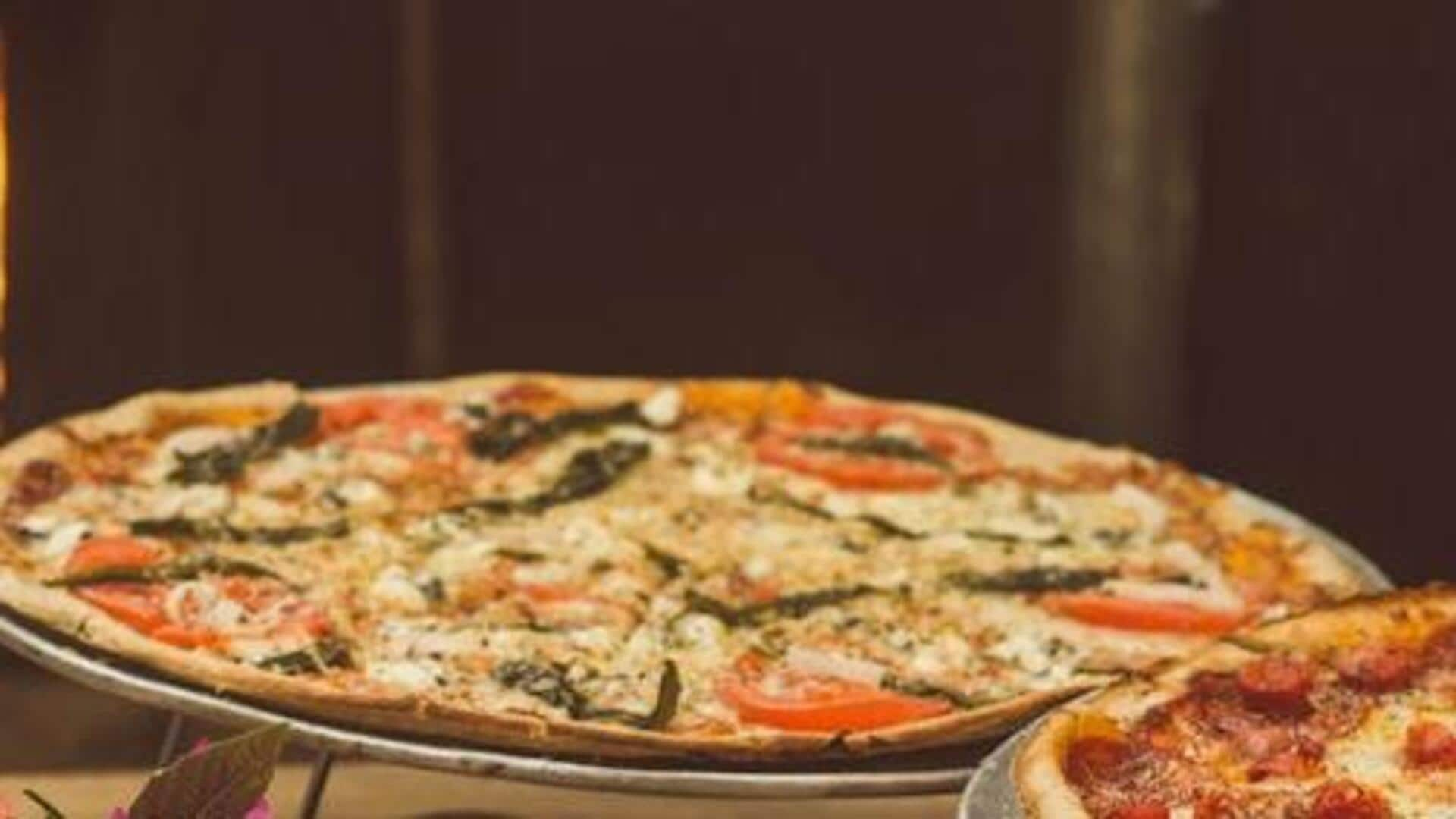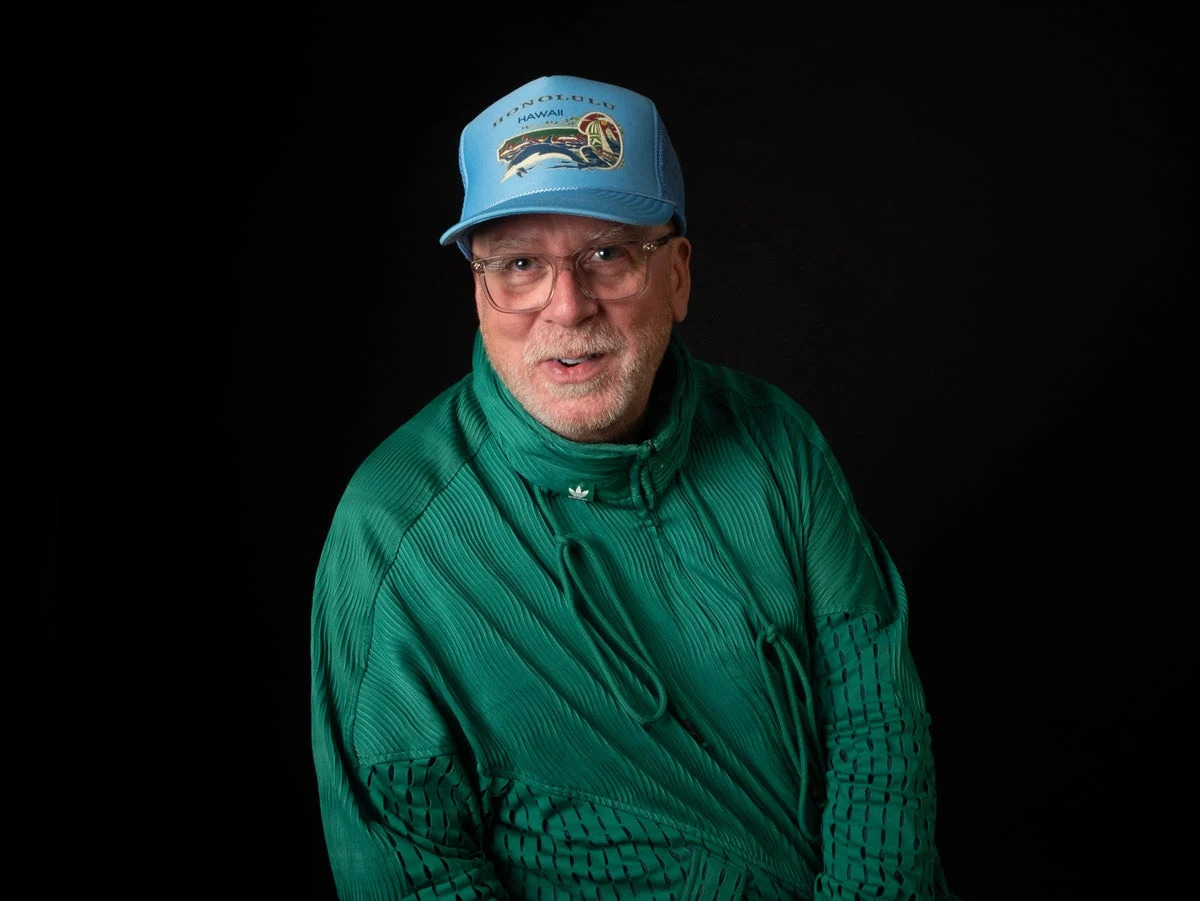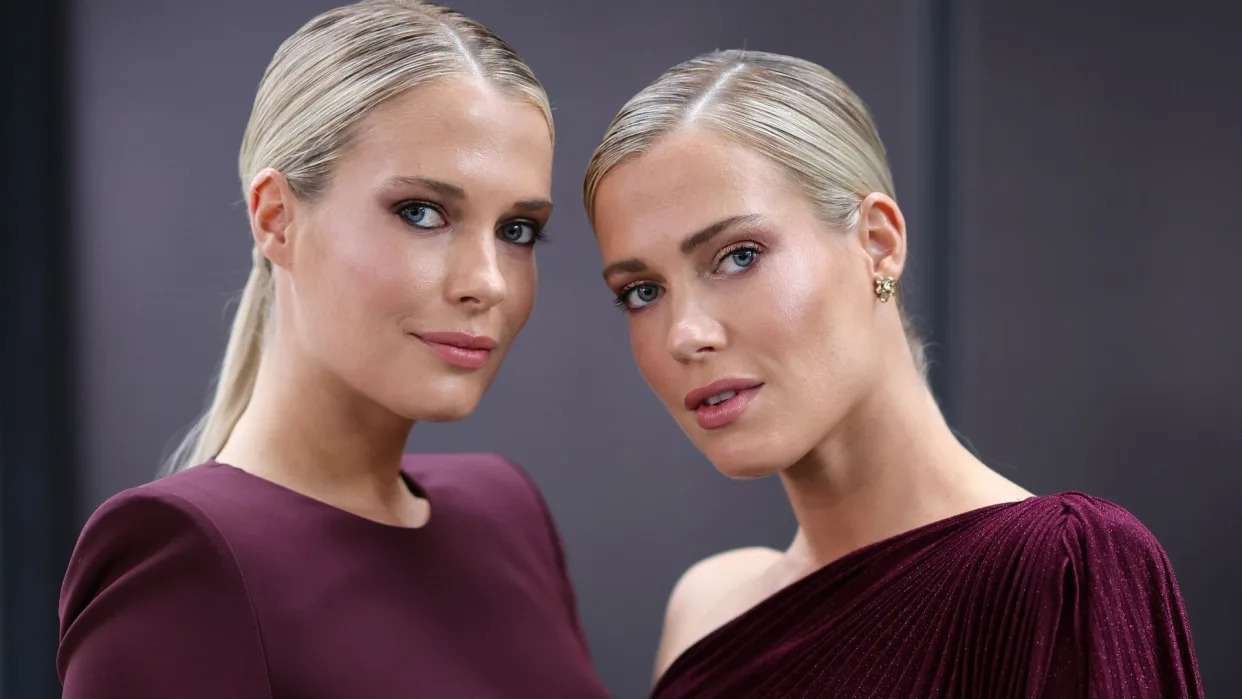Have you ever described a portrait subject as your muse? Beneath the seemingly charming facade of the word lies a complex and often problematic history surrounding the photographic muse. As we examine this age-old concept through a modern lens, it becomes clear that the term "muse" is most often reductive, sexist, and objectifying. This article explores why the concept of a muse might be best left in the past.
The term "muse" has long been embedded in the lexicon of photography and wider art genres, denoting an individual who inspires creativity in an artist. Historically, muses are predominantly women who, through their beauty, charisma, or other attributes, have sparked the imaginations of predominantly male artists. While the idea of a muse might seem romantic, it is problematic and warrants reconsideration through modern thought processes.

The word "muse" originates from Greek mythology, where the Muses were nine goddesses who presided over the arts and sciences. They were seen as sources of inspiration and desire for poets, musicians, and artists. Over time, the term evolved to describe a person, often a woman, who provides artistic inspiration.
In contemporary art and photography, a muse is typically someone whose appearance, personality, or presence profoundly influences an artist's work. The term is inherently problematic. It can reduce the individual to a mere source of inspiration, stripping away their identity, agency, and contributions.
The muse is seldom recognized as an active collaborator; instead, they are often perceived as passive, their primary function being to inspire. The role and experience of being a muse is not passive and can often involve a complex interplay of power, control, and sometimes exploitation. It is considered that a photographer must be successful to have their very own muse.
The romanticized view of the muse can obscure the detrimental impacts this role can have on individuals. Throughout the history of photography, numerous individuals have been immortalized as muses, often overshadowing their personal achievements and reducing them to mere sources of inspiration for celebrated male artists. Perhaps one of the most famous muses of the Pre-Raphaelite Brotherhood, Siddal was a poet, artist, and the primary model for painter Dante Gabriel Rossetti.
Despite her own artistic talents, she became Rossetti's wife and modeled for him exclusively for a time, and is often remembered only as Rossetti’s muse and for being the tragic figure in his works. Siddal died of a laudanum overdose in the second year of her marriage after being sickly and melancholic. Initially known as a muse for Man Ray, Miller was a brilliant photographer and war correspondent.
Her significant contributions to art and journalism are frequently overshadowed by her association with Ray, and she is most often discussed merely as an object of Ray's affection, as seen in his work "The Lovers." Known as Andy Warhol's muse, Sedgwick starred in many of Warhol's films and became an icon of the 1960s counterculture. Her tragic life and early death are often romanticized, overlooking the exploitative nature of her relationship with Warhol.
If you listen to the first statement in the video below, it summarizes the situation quite succinctly. At the heart of the muse concept is a power imbalance. The artist, typically in a position of authority and creative control, often dictates the narrative surrounding the muse.
This dynamic can lead to the objectification and commodification of the muse, who is valued primarily for their ability to inspire rather than their personal talents or contributions. This imbalance is particularly evident in the historical context where women served as muses for male artists. The muse is often considered an ethereal, otherworldly figure, devoid of personal agency, who exists solely to stimulate the male artist's creativity.
This dynamic reinforces traditional gender roles and perpetuates a patriarchal view of women's value in the world of art and photography. I regularly photograph my daughter, a talented musician, and our sessions are far from the traditional muse-artist dynamic. This label would fail to capture the depth of our collaborative relationship and the autonomy she holds.
Our sessions involve a mutual exchange of ideas, with both of us contributing equally. Sometimes I send my daughter an image or a painting or begin with some visuals I have dreamed up based on her lyrics. Sometimes my daughter will be the one sending inspirational content, which can be any of the above, or even an image of an outfit she wants to wear, and I will construct an idea around this.
She suggests poses and themes that reflect her artistic identity and certainly isn't shy about expressing her preferences when she doesn’t like an idea or when she is tiring and getting to the end of the shoot. This collaboration allows her to visually express herself and helps me explore my creative boundaries. It's a mutually enriching experience that also expands our family archive, which is a little fuller than most.
The term muse personally makes me feel uncomfortable for several reasons that I have discussed throughout this article. I cringe when I see images of women in underwear (or less) in suggestive poses when the attached image caption reads something along the lines of "my latest muse." This usage of the term perpetuates a reductive and objectifying view of women, reducing them to mere objects of attraction rather than acknowledging their full humanity and agency.
This underscores the problematic aspects of the traditional muse concept, which often neglects the creative input and individuality of the person being photographed. Being a woman, my own personal experiences have shaped the way that I treat the people in front of my lens. They already arrive at the shoot with a good idea of what we will achieve that day.
I discuss what I am doing, I let them know which section of their bodies are in the frame so that they know when I move from a half-body shot to a close-up, etc. This not only affords better posing but also leads to a more trusting environment. If I position myself lower, for example, I might explain the context of viewpoint on power dynamics and how traditionally women were photographed from a slightly elevated viewpoint to make them look smaller or more submissive, and men were traditionally photographed from a slightly lower viewpoint to make them look taller and more important.
I make a point of photographing most people from a lower viewpoint for at least a small portion of the shoot, whether it's adults or kids. Everyone should see themselves in a metaphorically elevated position. While I personally think the word muse should be retired, the concept of the muse has evolved significantly from its historical roots, and the photographic subject is no longer acceptable for a model to be a static figure of inspiration.
The modern muse embodies a more dynamic and collaborative role in the creative process. This shift reflects broader societal changes toward gender equality, recognition of diverse voices, permission, and agency within artistic processes. Characteristics of an updated collaborative relationship between photographer and subject would give the sitter agency over their appearance and representation, rather than being a passive subject.
Ideas could be contributed, and they are at very least consulted beforehand with an opportunity to say no or make adjustments to make them more comfortable. Whether they are artists, thinkers, activists, or everyday individuals, their qualities and achievements are acknowledged and celebrated. A sense of who they are might be more visible in the images, rather than just what they look like.
The term muse in photography and art, while historically significant, carries with it problematic connotations of objectification, power imbalance, sexism, and lack of agency. The negative experiences of many muses underscore the need to reassess this concept and consign this word to the history books. By instead embracing collaboration, diversity, and mutual respect, photographers can enhance creativity and provide greater authenticity, which leads to richer and more powerful images.
My views are formed as a female photographer, which naturally plays a role in my analysis. It would be great to hear from both male and female photographers in the comments to broaden the discussion. Kim Simpson is a photographer based in the West of Scotland.
Her photographic practice is an exploration of the human experience, with a particular emphasis on themes of identity and belonging..



















